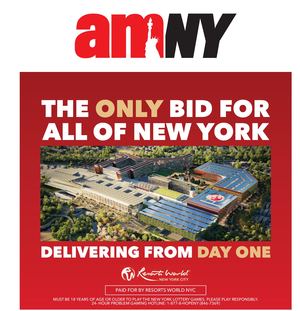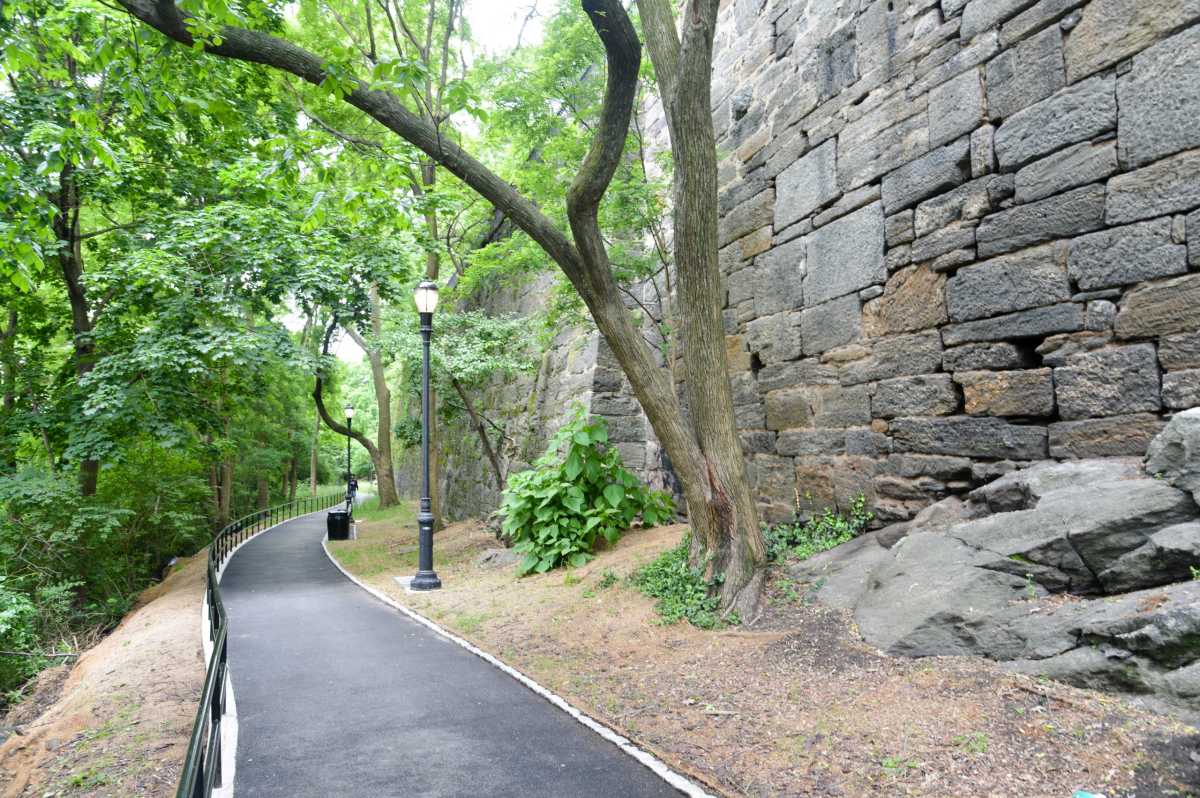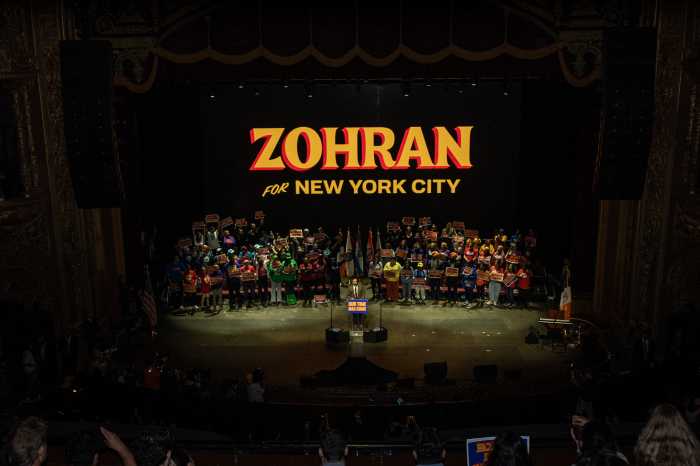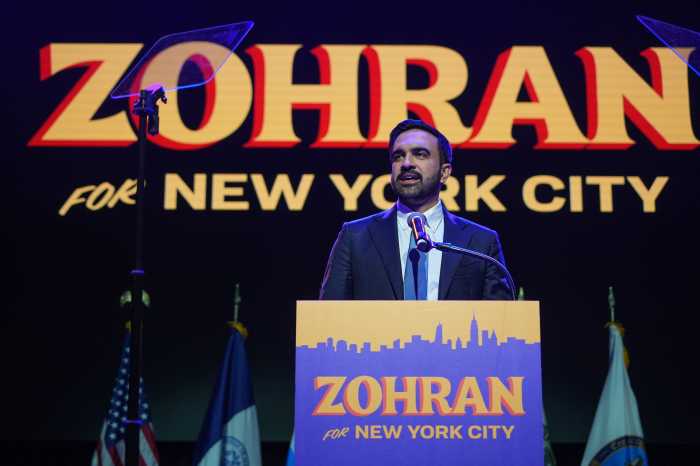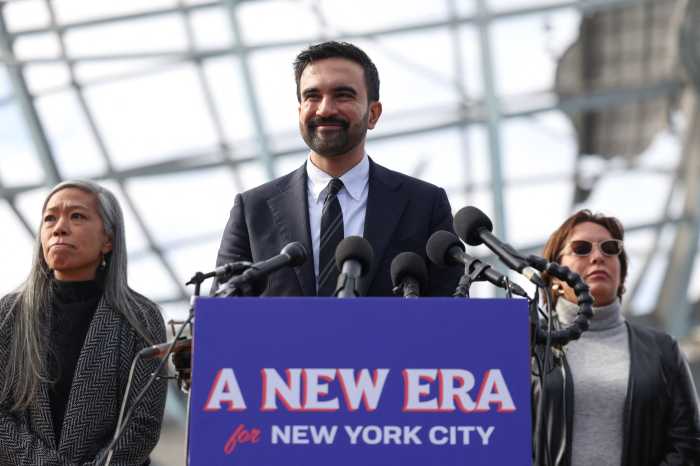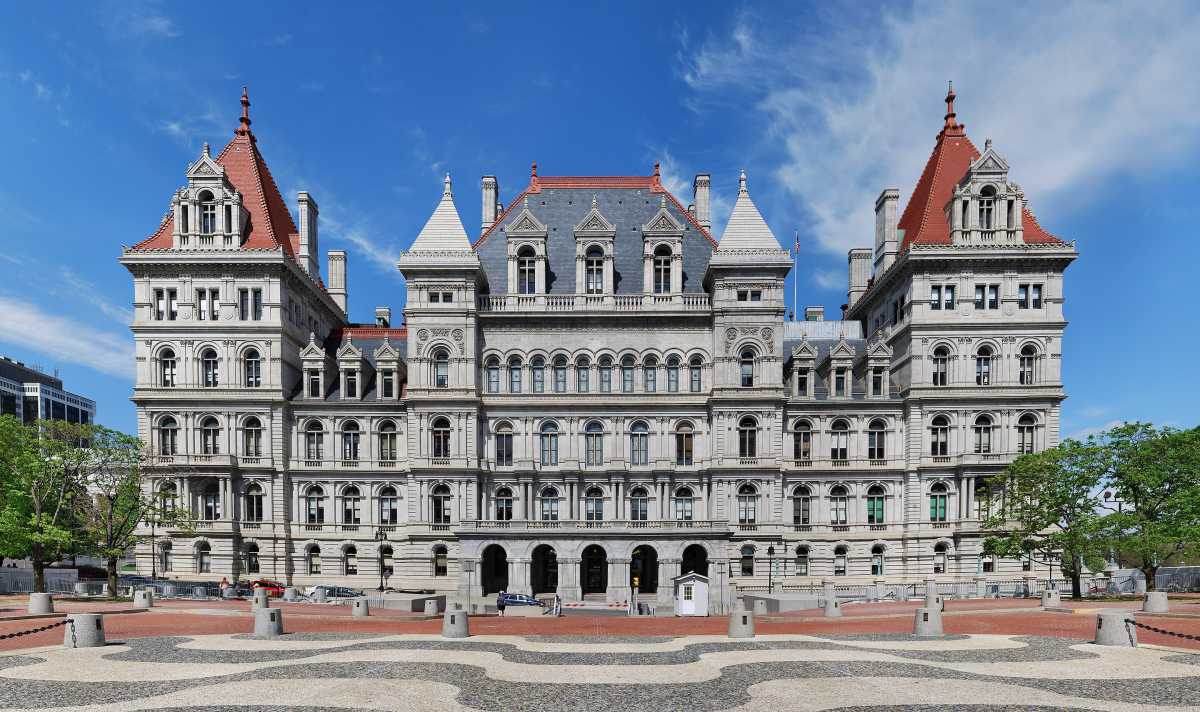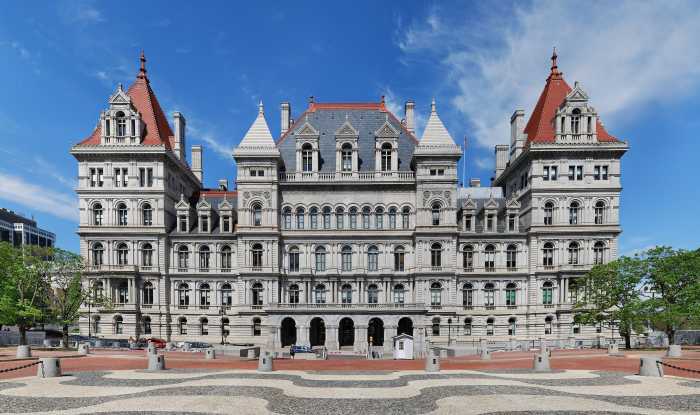New York’s parks, playgrounds, and open spaces have experienced record usage in recent years and become even more vital to the health of New Yorkers—and more critical to the city’s economic future. But for years, if not decades, New York City has struggled to provide sufficient funding to pay for the growing maintenance and infrastructure needs of the city’s parks and invest in new green spaces in the places they’re needed the most.
Delivering the parks that New Yorkers deserve undoubtedly requires increased public funding. Unfortunately, the city is facing multibillion dollar deficits in the coming years, and the mayor has proposed cutting $53.8 million in city funding from the Parks budget to help close the gap. Even if the City Council and administration work together to restore this funding, it’s unlikely there will ever be enough dollars allocated through the budget process to meet New York’s ever-growing parks and open space needs. That’s why city leaders need to get creative and seek out new sustainable sources of funding for parks.
The need for new resources is clear. Today, New York City’s 30,000 acres of parks and natural areas face hundreds of millions of dollars in unmet maintenance and infrastructure needs. Despite the best efforts of NYC Parks’ overstretched staff, too many parks and playgrounds experience flooding after ordinary rainfalls; bathrooms, field houses, and trails fall into disrepair; trees go years without inspection and pruning; and invasive species outcompete native plants. It’s little wonder that these challenges pile up like leaves in autumn when the agency’s headcount has fallen 38 percent since the mid-1970s.
Fortunately, there are numerous achievable options for the city to generate new recurring revenues to support a healthier and more equitable parks system. A new Center for an Urban Future report outlines 20 specific revenue ideas for parks and open spaces.
A new 50 cent or $1 surcharge on tickets sold at stadiums located on parkland, like Citi Field and Arthur Ashe Stadium, could help offset a significant share of the parks systems’ unmet maintenance needs. At Citi Field alone, this surcharge would generate more than $2.5 million for parks—enough to hire more than 50 full-time gardeners.
A modest expansion of restaurants, cafes, and other concessions in parks—like year-round spas in existing pool houses—could generate new funding for parks while enhancing the experience of parkgoers. Right now, there are surprisingly few restaurants, cafes, ice cream shops, and other concessions in parks across the five boroughs. Where these concessions do exist, like the Shake Shack in Madison Square Park and the McCarren Parkhouse in Williamsburg, they invariably make the parks even more appealing.
City officials could also consider enacting fees on gas-powered landscaping and stormwater management and soliciting a voluntary contribution from hotel guests. For-profit events held in parks, from soccer camps to music festivals, should be asked to contribute more to parks’ bottom line. And by investing in the infrastructure needed to monetize organic waste from parks, including turning fallen trees into commercial lumber, the city can convert the multimillion-dollar annual expense of tree disposal into a steady stream of revenue.
Similarly, the city should enable more New Yorkers to directly support their green spaces. For example, a membership program with corporate tiers, ticketed special events, and well-designed merchandise could tap New Yorkers’ pride—and generosity—to benefit parks.
In addition to generating new revenues for parks, policymakers should also establish mechanisms to ensure that the new resources benefit parks in every corner of the city—not just those that can support new revenue-generating opportunities. One idea is to create an 80-20 split for all future revenue from new parks concessions, with 80 percent remaining with the park hosting the new concession and 20 percent allocated to a fund to support parks with the greatest needs, particularly those in lower-income communities.
Despite growing consensus among New Yorkers that parks are vital to the city’s future, there has been little clarity over one crucial decades-old question: How to pay for it all? By getting creative about generating dedicated new revenues for parks, city leaders can deliver the healthy, vibrant parks and open spaces that New Yorkers need now, and for decades to come.
Eli Dvorkin is the editorial and policy director and John Surico is senior fellow for climate and opportunity at the Center for an Urban Future.
